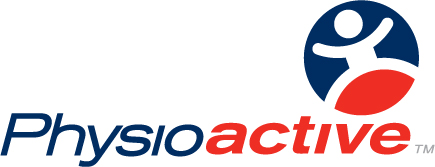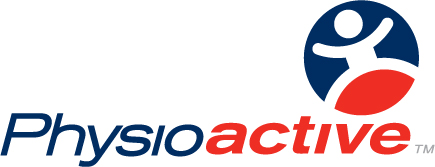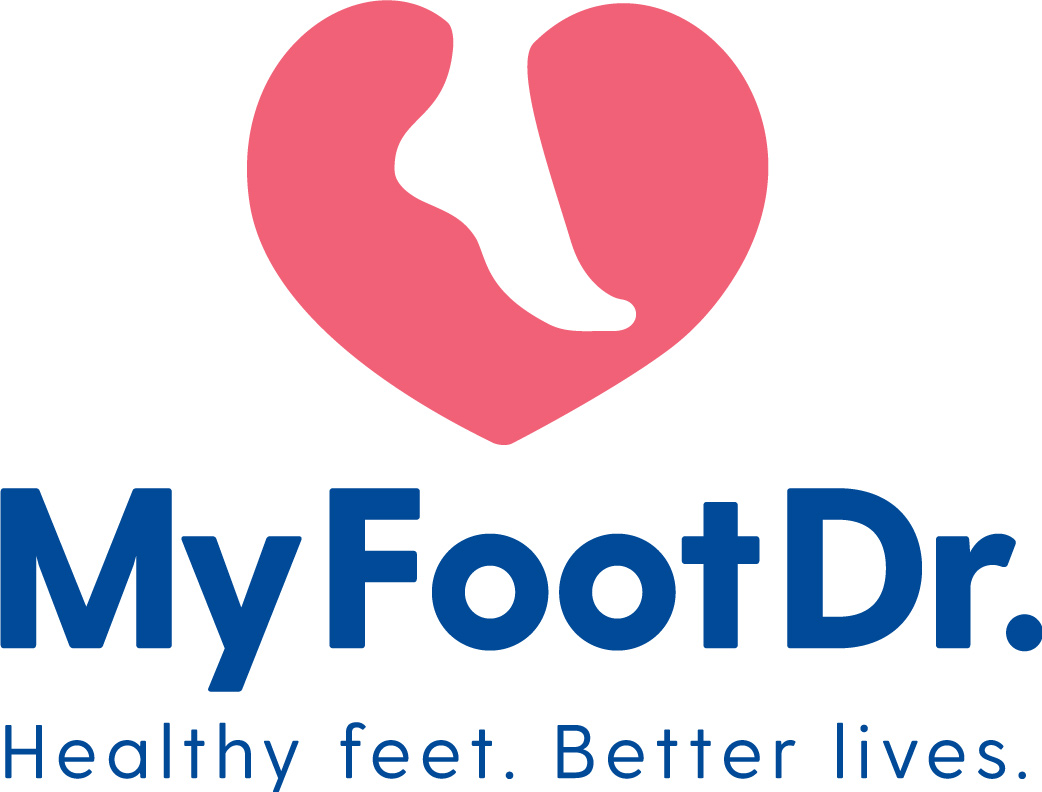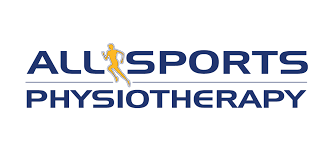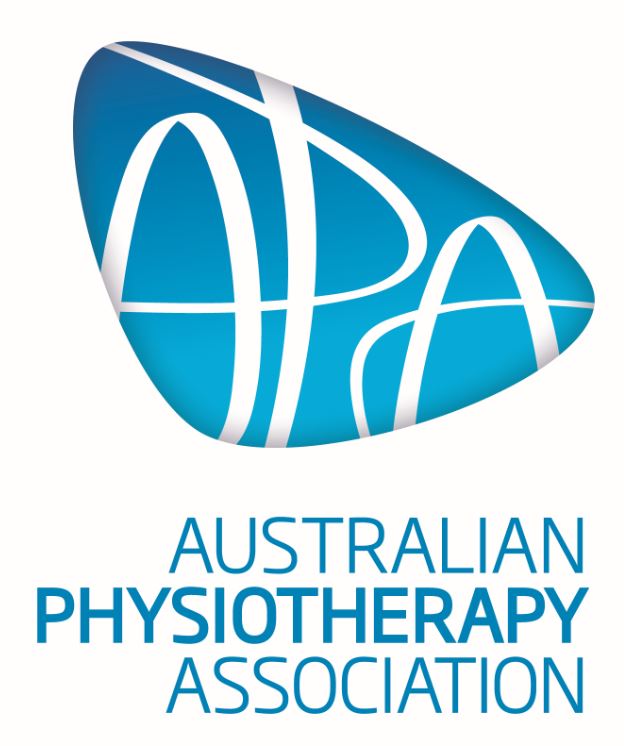Menstrual related pain can quite often make it harder to engage in exercise or skip planned sessions. Menstrual associated symptoms such as abdominal cramps, increase in fatigue, bloating and reduced quality of sleep often causes a decrease in exercise or general movement during the time of menstruation. However recent research shows that engaging in appropriate exercise can help manage common period discomforts (Demiralp and Kirmizal 2020).
The use of regular moderate intensity aerobic exercise has been found to reduce or prevent the occurrence of certain menstrual disorders (Dehnavi et al., 2018). This study found that aerobic exercise could be used as a preventive or therapeutic approach to control period pain and other menstrual disorders. Performing regular aerobic exercise through mental and physical relaxation and improving blood flow can help alleviate menstrual symptoms (Dehanvi et al., 2018).
Finding the motivation can be hard during menstruation, so start with achievable exercise goals. During the first few days of your period, where there tends to be heavier bleeding and uncomfortable bloating, a focus on gentle movements and aerobic exercise can be affective. Exercise options including Yoga and Pilates can help to mange pain and alleviate these associated symptoms.
Try out these Yoga exercises to increase movement and reduce discomfort:
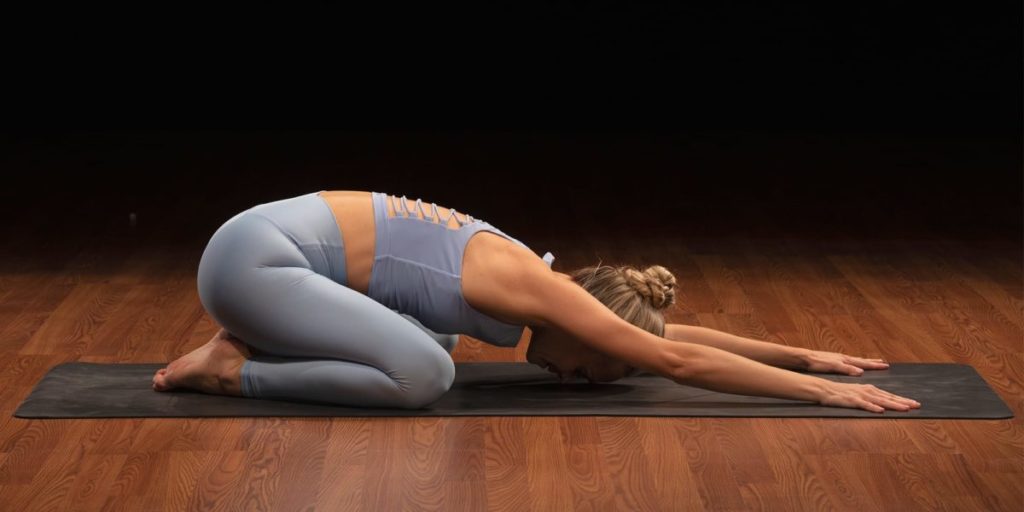
Pizer et al., 2020
- Find a comfortable surface and come to your hands and knees
- Spread your knees on the matt and keep your feet flat on the floor
- Stretch your arms on the floor in front of you
- Rest your head on the matt or floor in front of you and take 10 deep breaths
2. Cat/Cow Stretch
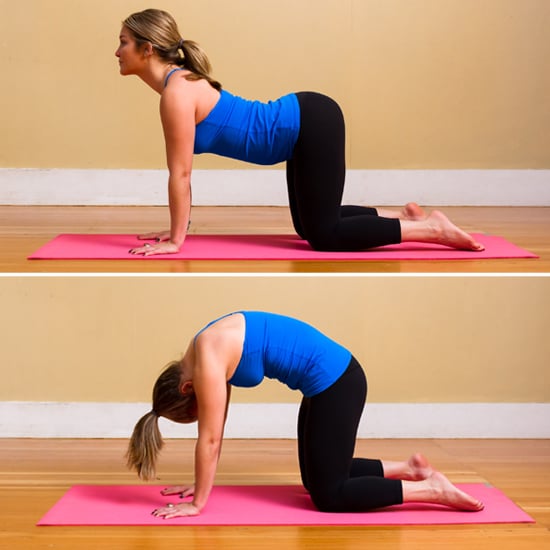
Helson et al., 2009
- Come to your hands and knees on the matt
- Exhale and round your spine up towards the ceiling pulling your belly button up towards your spine
- Inhale and allow your back to arch whilst looking up towards the ceiling
- Take 10 deep breaths and repeat this process
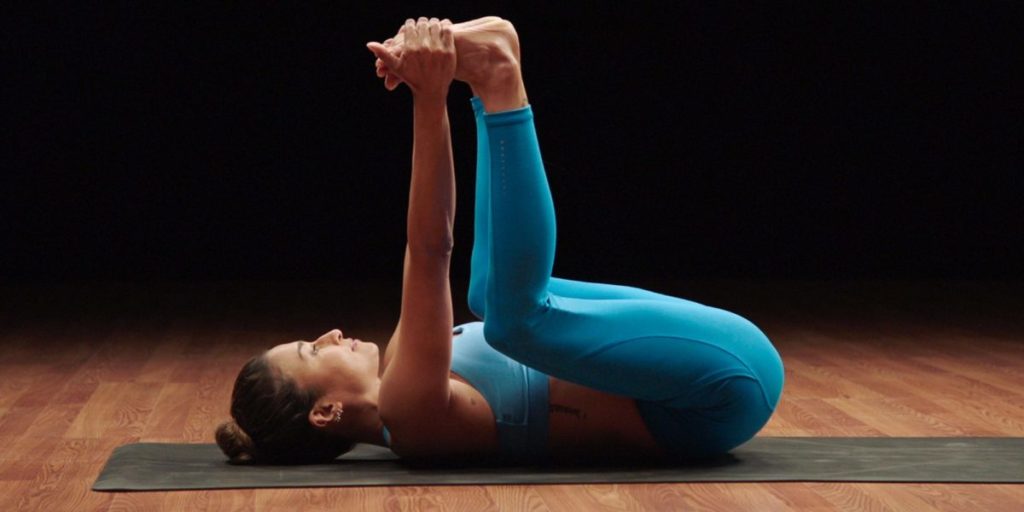
Helson et al., 2009
- Lay on your back and with an exhale bring your knees towards your chest
- Inhale grab the outside of your feet and open your knees wider than your hips
- Bring your knees towards your armpits
- Take 10 deep breaths and repeat this process
Menstruation and period associated disorders can affect everyone differently so if you would like more information, make an appointment with an Exercise Physiologist or Woman’s Health Physiotherapist. We can help you tailor an appropriate plan for managing your symptoms.
References
Dehnavi, Z. and Kamali, F., 2018. The Effect of aerobic exercise on primary dysmenorrhea: A clinical trial studyThe Effect of aerobic exercise on primary dysmenorrhea: A clinical trial study. Education and Health Promotion, 7(3), p.79.
Kirmizigil, B. and Demiralp, C., 2020. Effectiveness of functional exercises on pain and sleep quality in patients with primary dysmenorrhea: a randomized clinical trial. Archives of Gynecology and Obstetrics, 302(1), pp.153-163.
